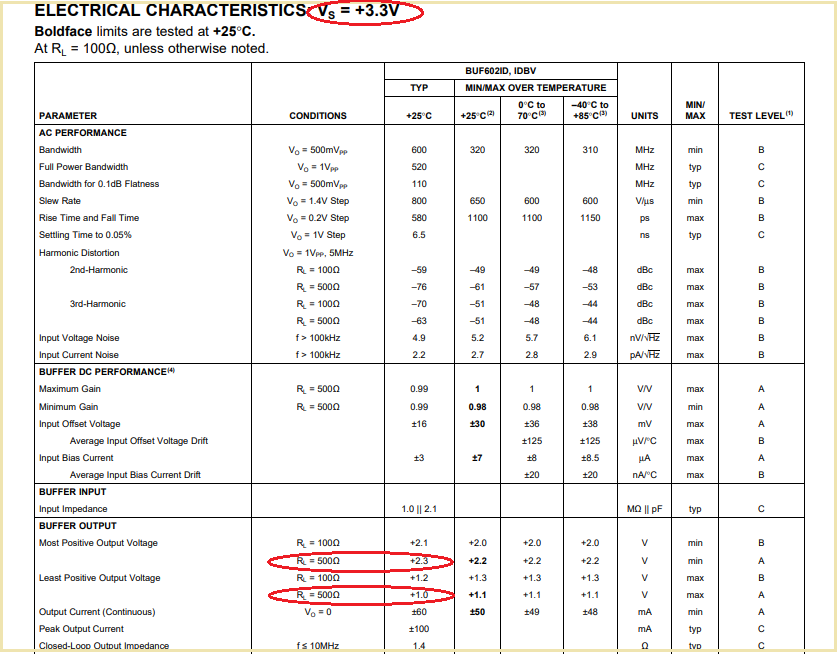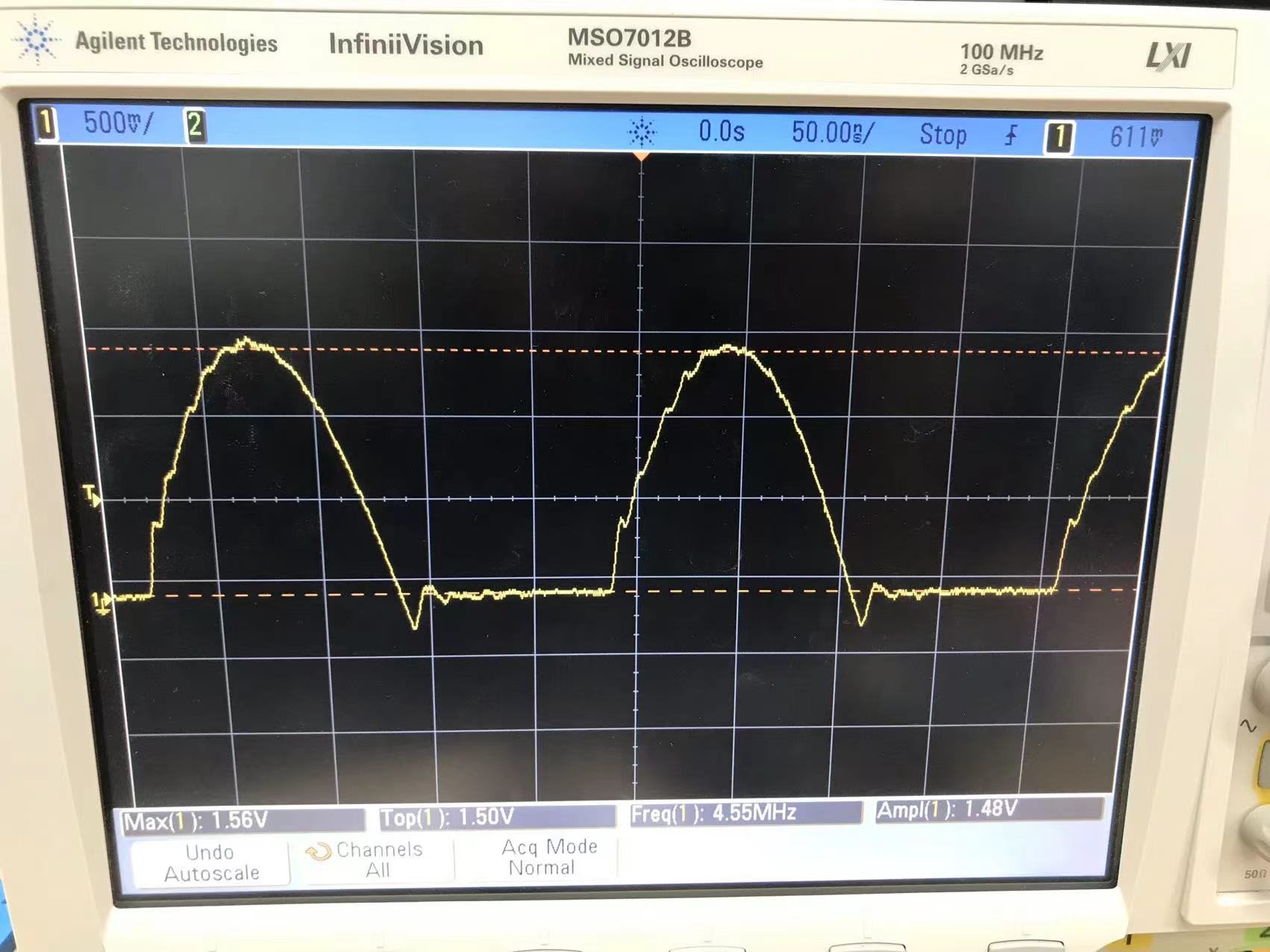Other Parts Discussed in Thread: FDC2214, FDC1004
Dear TI experts,
I want to configure the BUF602 to work on a single power supply mode.
The datasheet shows that it seems that simply grounding the negative rail is sufficient, but the simulation results show that there is something wrong with the configuration.
Do I need to add some connection in to circuit?
The input in the actual experiment is a half-rectified sine wave with a maximum amplitude of 1.8V and a frequency of 10MHz.
Power will come from the evaluation board's onboard 3.3V.
Best regards,
Will





